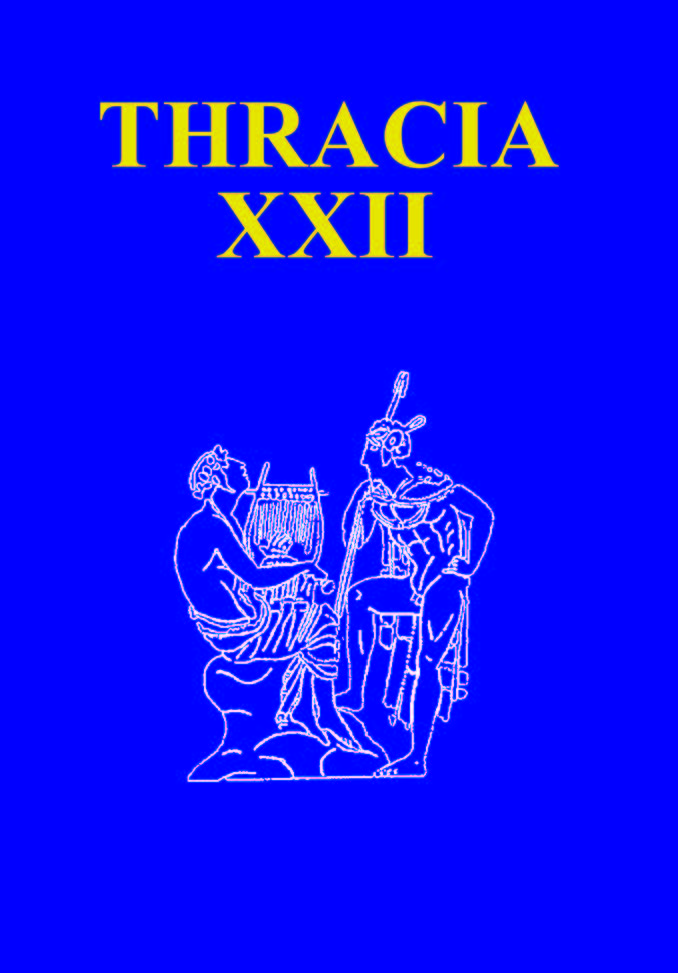ВИДОВЕТЕ ХЛЕБНИ ИЗДЕЛИЯ И СПОСОБИТЕ НА ПРИГОТВЯНЕТО ИМ В ДРЕВНА ТРАКИЯ
SOURCES ON THE TYPES OF BREADS AND CAKES, AND WAYS OF PREPARING THEM IN ANCIENT THRACE
Author(s): Elly FilipovaSubject(s): History, Archaeology, Cultural history, Ethnohistory, Social history, Ancient World
Published by: Институт за балканистика с Център по тракология - Българска академия на науките
Summary/Abstract: Understanding the diet and dining in Ancient Thrace is a difficult task. Literary references to food need to be studied with respect to physical finds of food in the archaeological records. Pictorial artefacts could also serve as a secondary source of knowledge. Ancient Thrace offers a variety of cereals and alternatives from which people could choose. In addition, crop products could assume various forms – gruels, flat cakes or bread. According to different sources, six types of bread could be distinguished: wheat bread [Triticum aestivum], barley bread [Hordeum vulgare], einkorn and emmer bread [Triticum monococcum et dicoccum], rye bread [Secale cereale], millet bread [Panicum miliaceum] and one prepared with water nut [Trapa natans] or water chestnut [Eleocharis dulcis] meal. Alternative to bread and the opportunity to enrich the menu was the Thracians’ ability of preparing groats or as Balkans called this kind of food: bulgur. In ancient times it was made from hulled wheat [Triticum monococcum et dicoccum], barley [Hordeum vulgare], common wheat [Triticum aestivum] and millet [Panicum miliaceum]. An interesting addition to diet and daily nutrition are drinks called bryton prepared from barley [Hordeum vulgare] and millet [Panicum miliaceum], and parabea made from millet [Panicum miliaceum] and conyza [Inula conyza]. There is different evidence for bread making in Ancient Thrace. Millstones found in archaeological sites show that Thracians used hand grinding. They knew the technology of making sourdough bread. For the baking process they used ovens by placing the bread into the fire in a large baking dish, or more likely directly in the embers. Under what circumstances cereals were eaten, how they were procured and prepared could provide a valuable information about Thracian culture.
Journal: Thracia
- Issue Year: 2017
- Issue No: 22
- Page Range: 297-310
- Page Count: 14
- Language: Bulgarian
- Content File-PDF

